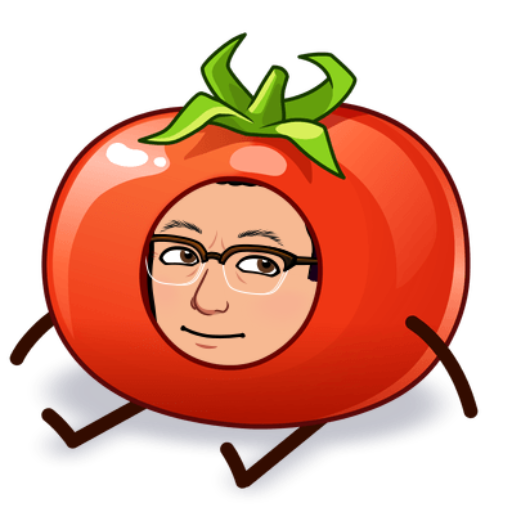
#18 Pirates of the East
Click here to go to the YouTube video

In this Episode 18: The Pirates of the East, we will look at trades in East Asia around the 14th and 15th centuries.
エピソード18は「東アジアの海賊」です。14から15世紀の東アジアの貿易の様子をみてみましょう。

In the 14th century, pirates known as “Wako“, became active. Using islands in Nagasaki as their bases, they smuggled goods in and out of Japan and attacked the Korean Peninsula and the coast of China.
14世紀には「倭寇」として知られる海賊の活動が活発になりました。長崎の島々を拠点として密貿易をしたり、朝鮮半島や中国沿岸を襲ったりしました。

At first, Wako was mainly Japanese, but later Chinese and Korean pirates became the main players. They were large armed forces and became pains in the neck to the Ming and Korean governments. In China, Zhu Yuanzhang founded the Ming Dynasty and asked Japan’s government to crack down on pirates.
最初のうち、倭寇は日本人が中心でしたが、後期には中国や朝鮮の海賊が中心となりました。彼らは大きな武装集団となり明や朝鮮の政府にとって頭痛の種でした。中国では朱元璋が明王朝を建国し日本政府に取り締まりを要請しました。

Ashikaga Yoshimitsu, the third shogun of Muromachi Shogunate, suppressed the armed forces at the request of the Ming Dynasty. He then paid tribute to the Ming, was recognized as “King of Japan,” and began “Kango Trade” with the Ming.
明の要請を受けて、室町幕府の3代将軍である足利義満が武装勢力を抑え、明に朝貢しました。彼は「日本国王」と認められ、明との間で「勘合貿易」が始まりました。

“Kango” was a document given to Japanese ships by the Ming government as proof of their official status as trading vessels. Japanese trading ships would bring the left half of the document and check it against the right half held by Ming officials. This eliminated pirate smuggling ships.
「勘合」とは、明政府が正式な貿易船の証明として日本の船に与えた合い札です。日本の貿易船は書類の左半分を持参し、明の役人が持っている右半分と照合しました。これによって、海賊の密貿易船は排除されました。

Japan imported copper coins, raw silk, ceramics, and ink paintings from Ming China. Copper, sulfur, and swords were also exported from Japan. The Muromachi Shogunate and merchants in Sakai and Hakata profited enormously from the Ming-Japanese trade.
日本は、明から銅銭、生糸、陶磁器、水墨画などを輸入しました。また、日本から明へは、銅、硫黄、刀などが輸出されました。日明貿易によって、室町幕府や、堺や博多の商人たちは莫大な利益を得ました。

On the Korean peninsula, Lee Seong-Gae founded the Joseon Dynasty at the end of the 14th century. In Joseon, culture developed, including the creation of the Hangul alphabet.
朝鮮半島では、14世紀の末に李成桂が朝鮮を建国しました。朝鮮ではハングル文字がつくられるなど文化が発展しました。

Trade between Japan and Joseon also flourished. The So clan of Tsushima was given special status by the Joseon government and monopolized trade.
日本と朝鮮の間でも貿易が盛んに行われました。対馬の宋氏は朝鮮の政府から特別な地位を与えられ貿易を独占しました。

As the exchange between the countries increased, pirate activity decreased and the waters of East Asia became stable. But in the second half of the 15th century, Japanese politics went into chaos with the 11-year-long Onin War in Kyoto. With no trade between Japan and Ming Dynasty China, East Asian pirates regained power, and peace on the seas was lost.
各国の交流が盛んになるにつれ、海賊の活動は減っていき、東アジアの海域は安定するようになりました。しかし15世紀の後半になると京都でおこった11年におよぶ応仁の乱により日本の政治は混乱を極めてしまいます。日明貿易が行われなくなると、海賊の活動は再び活発になり、海域の安定は失われていきました。
Thank you for reading.





